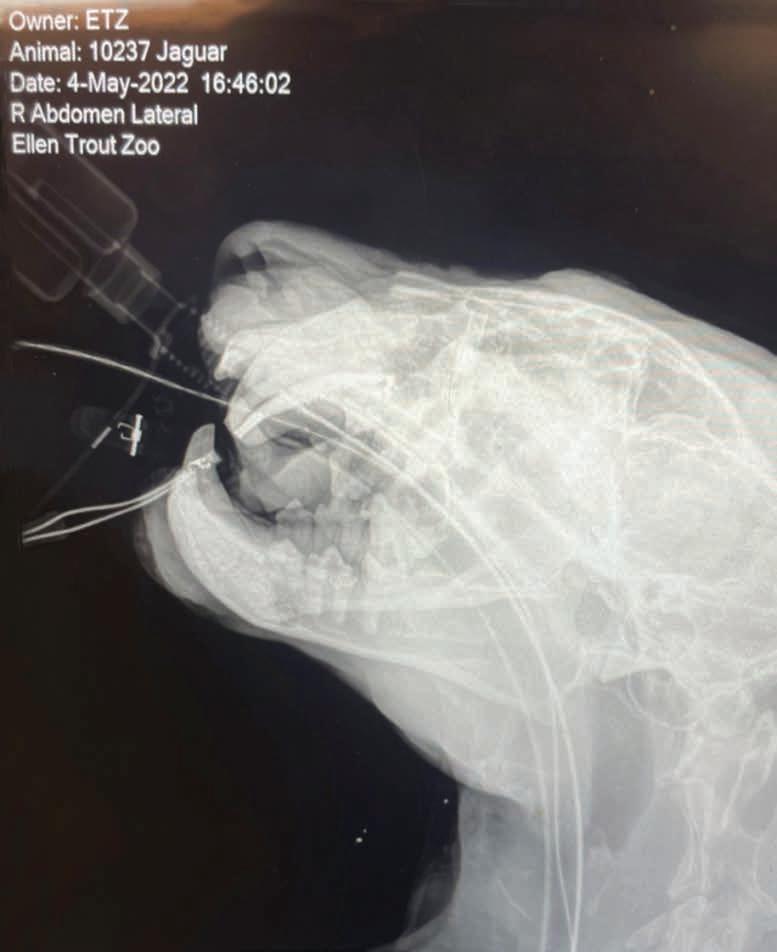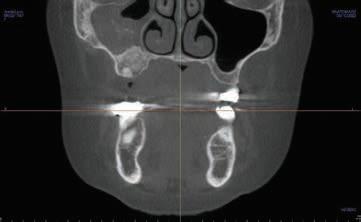
3 minute read
WHAT TO KNOW ABOUT MONKEYPOX
Allison M. Lee, DDS, resident, and John M. Wright, DDS, regents professor, Department of Diagnostic Sciences, Texas A&M College of Dentistry
• Monkeypox is a zoonotic orthopoxvirus. Other orthopoxviruses include cowpox, camelpox, and variola (smallpox) viruses. While similar in name, monkeypox is not related to chickenpox (Varicella-Zoster virus), but it does have a clinically similar presentation. Monkeypox is also not a sexually transmitted infection but can be spread through close or intimate contact.
• Monkeypox was first reported in 1958 in 2 colonies of monkeys kept for research. The first human case of monkeypox was recorded in an infant in 1970 in the Democratic Republic of the Congo.
• While the virus was first reported in monkeys, the name “monkeypox” is a misnomer as the original source of the disease remains unknown. Rodents as well as humans and non-human primates can harbor the virus and spread infection.
• Monkeypox can spread to anyone through direct contact with monkeypox rash, scabs, or bodily fluids from a person with an active monkeypox infection. It can also spread through contact with objects or fabrics that have been used by someone infected with monkeypox. Monkeypox can also be spread through respiratory droplets. Research is still ongoing regarding how easily monkeypox is spread via respiratory secretions and at what point of infection a person is most likely to transmit the virus through respiratory droplets. However, it does not appear to be as easily communicable through respiratory droplets as COVID-19. It is also possible to get monkeypox from infected animals, either by being bitten or scratched by an infected animal or by preparing or consuming the meat of an infected animal. A person or animal infected with monkeypox can spread it to others from the time of symptom onset until the rash has completely healed. People with a monkeypox infection or suspected monkeypox infection should self-isolate to prevent the spread of infection.
• Clinical symptoms of monkeypox: o Febrile prodrome accompanied by generalized headache and fatigue. Fever lasts 8 days on average (range, 2-13 days). o Cervical or inguinal lymphadenopathy with enlarged (1-4 cm in diameter), firm, and often tender lymph nodes. o Rash that usually begins about 2 days after symptom onset. The rash will appear in a centrifugal distribution on the body, with most of the lesions concentrated on the head and extremities. The rash presents as macules and papules that later develop into vesicles and pustules. They can
range from a few in number to hundreds. Lesions are often noted in the oral cavity and cause difficulty with eating and drinking. The rash will usually last about 12 days on average with a range of 7-24 days. The lesions can easily become infected and tend to heal with pitted scarring.
• While the fatality rate is relatively low for the variant of monkeypox associated with the current outbreak, those that are immunocompromised are at a much higher risk for serious complications and death. Anyone infected with monkeypox or a suspected monkeypox infection should contact their healthcare provider immediately.
• While there are currently no treatments available for the monkeypox virus specifically, antiviral drugs and vaccines developed to protect against smallpox may be used as these viruses are genetically similar. Currently, there are 2 vaccines available that may be used for the prevention of monkeypox or shortly following an exposure, however, there is currently not enough data available on the effectiveness of these vaccines regarding the current outbreak. References: 1. Bunge, Eveline M., et al. “The changing epidemiology of human monkeypox—A potential threat? A systematic review.” PLoS neglected tropical diseases 16.2 (2022): e0010141. 2. Centers for Disease Control and Prevention. (2022, July 29).
Monkeypox. Retrieved July 29, 2022, from https://www.cdc.gov/poxvirus/ monkeypox/index.html. 3. Huhn, G.D., Bauer, A.M., Yorita,
K., Graham, M.B., Sejvar, J.,
Likos, A., Damon, I.K., Reynolds,
M.G. and Kuehnert, M.J., 2005.
Clinical characteristics of human monkeypox, and risk factors for severe disease. Clinical infectious diseases, 41(12), pp.1742-1751. 4. McCollum, A.M. and Damon, I.K., 2014. Human monkeypox. Clinical infectious diseases, 58(2), pp.260267. 5. World Health Organization. (2022,
June 27). Multi-country monkeypox outbreak: situation update.
Retrieved July 29, 2022, from https://www.who.int/emergencies/ disease-outbreak-news/item/2022-
DON396







